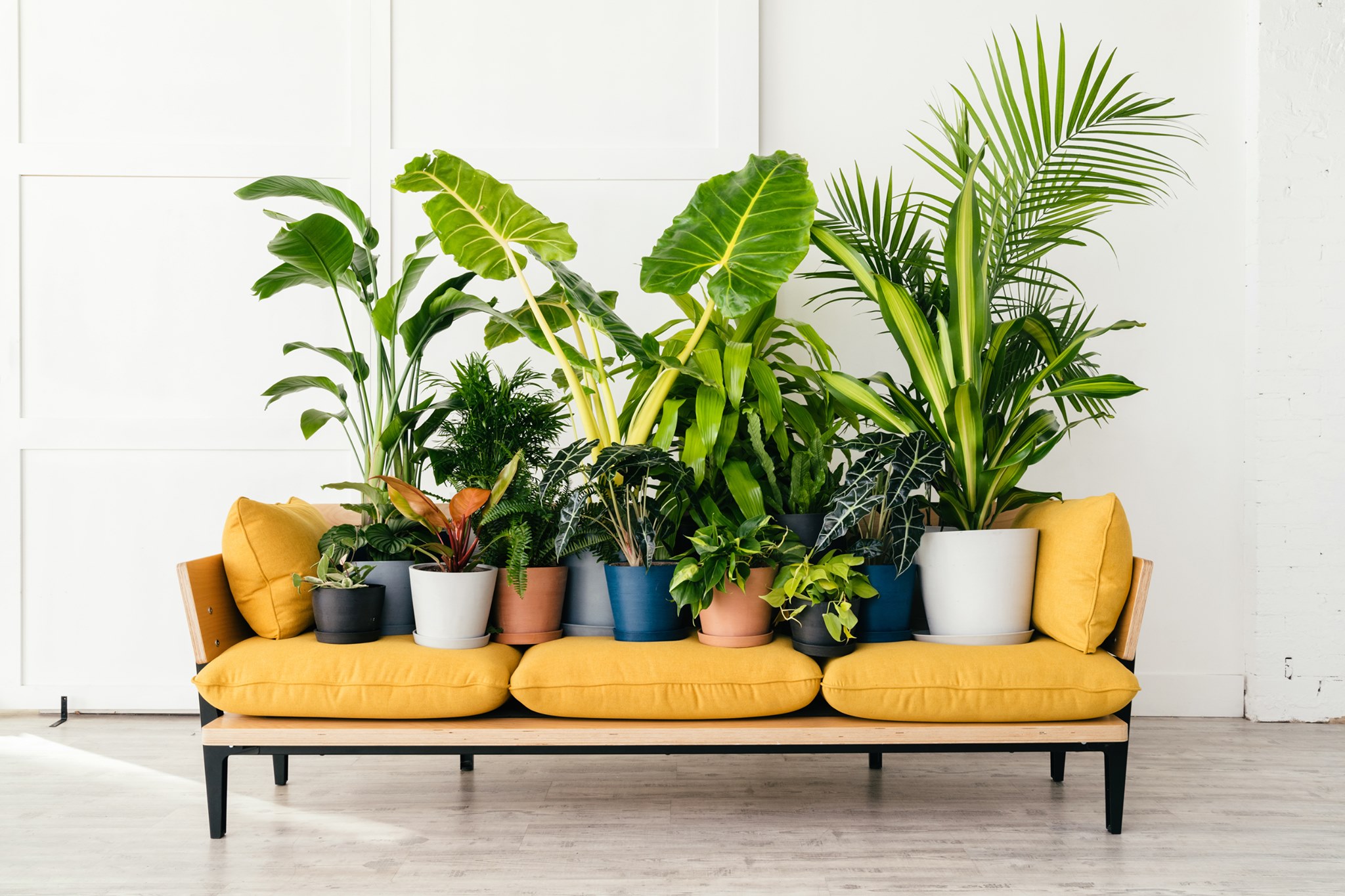5 ways to improve the air quality in your home
If you would like to address the air quality in your home then read these five expert top tips


If you're battling to improve the air quality in your home then you can (continue) to breath a sigh of relief if you are still working from home post lockdown.
- Read next: best air purifier for cleaner air in your home
Dusty office air conditioning systems and exposure to air pollution on the daily commute are common complaints of workers in the office. Remote working, however, enables employees to work from the comfort of their own home and avoid the daily commute. And since the nights are drawing in and the central heating is switching on a little more frequently now we're into meteorological autumn, it's an unsettling fact that our homes aren’t completely free of harmful pollution levels. In fact, pollutants levels in our homes can be just as high as outside.
Luckily, there are certain things we can do and avoid doing, to reduce these levels of harmful pollution. Allow Watertight Homes– damp proofing services specialists – to discuss how we can clean the air in our homes. Keep scrolling to hear what they have to say.
1. Open the windows and encourage airflow
Opening the windows is a simple and effective method for ventilating a home and improving airflow. It’s important to reduce moisture in the air in our homes, as this can cause issues such as damp and mould. This is also harmful to breathe in. Yet, it isn’t as simple as keeping our windows open all of the time in order to improve the air in our homes. There are times we should keep our windows open and closed.
If living in a populated area or near busy roads, this should limit how often windows are open. If windows are open during rush hour, air pollution from outside can enter your home through the open windows. Air pollution takes longer to disperse inside a home than it does outside, so closing windows during rush hour and other bust periods can reduce the toxicity levels of air in the home.
2. Invest in an air purifier
Air purifiers are effective when it comes to cleaning and purifying the air in our homes. They can remove dust, allergens and reduce mould and bad odours. However, air purifiers don’t guarantee clean air. They are most effective when used in conjunction with good cleaning and filtration.
Air purifiers use filters and a fan to circulate and suck in air. Pollutants and impurities are then removed from the air when they pass through the filter, and clean air is pushed back into the home.
Get small space home decor ideas, celeb inspiration, DIY tips and more, straight to your inbox!
3. or an air humidifier...
Unlike air purifiers, air humidifiers don’t clean the air in our homes. Instead, they add moisture, which can clean the air we breathe.
As previously mentioned, high-moisture levels in the home can cause issues such as damp and mould so should be used primarily during wintertime, as colder air is dryer and stale. This air contains more toxins and pollution. Air humidifiers can improve the humidity of the air, making it cleaner and healthier to breathe. Increasing indoor humidity during winter to 45 per cent can improve the air quality in your home.
4. Avoid harmful cleaning products
A clean household can improve the quality of the air we breathe to some extent. Yet some cleaning products contain pollutants and chemicals which are harmful to breathe, such as bleach and ammonia.
Unscented and allergy-friendly products can be purchased, which contain lower levels of harmful chemicals. However, using standard cleaning products is also safe when used in moderation. Harmful levels of chemicals are mainly released when too much of the product is used. In order to avoid this, try reading the instructions of the cleaning product and avoid mixing products.

Selection of indoor plants for the home
5. Get some air purifying plants
Houseplants have long been thought to effectively clean the air in our homes. However, recent studies have suggested they aren’t as effective at removing pollutants as anticipated – we’d need hundreds of houseplants in a room in order for them to effectively purify the air indoors.
When used effectively with ventilation and filtration methods, plants do still remove air pollutants and can even help to reduce the presence of bacteria in our homes, as well as reduce stress, anxiety and improve mental health. Some of the best indoor plants for purifying our air include English Ivy, Spider Plants, Aloe Vera and Chinese Evergreen.
Looking for more ways to cool, heat or purify the air in your home?

Jennifer (Jen) is our Large Appliances Editor on the Homes eCommerce team. Jen is constantly on the look out for the latest tech which claims to revolutionise how we wash our clothes, rinse the dishes, keep our food chilled and our floors dust-free. When she's not doing this she can be found at home in her Victorian terrace which she has lovingly (patiently) been renovating with her husband over the past few years. Jen also likes tea and homemade cake, very much.